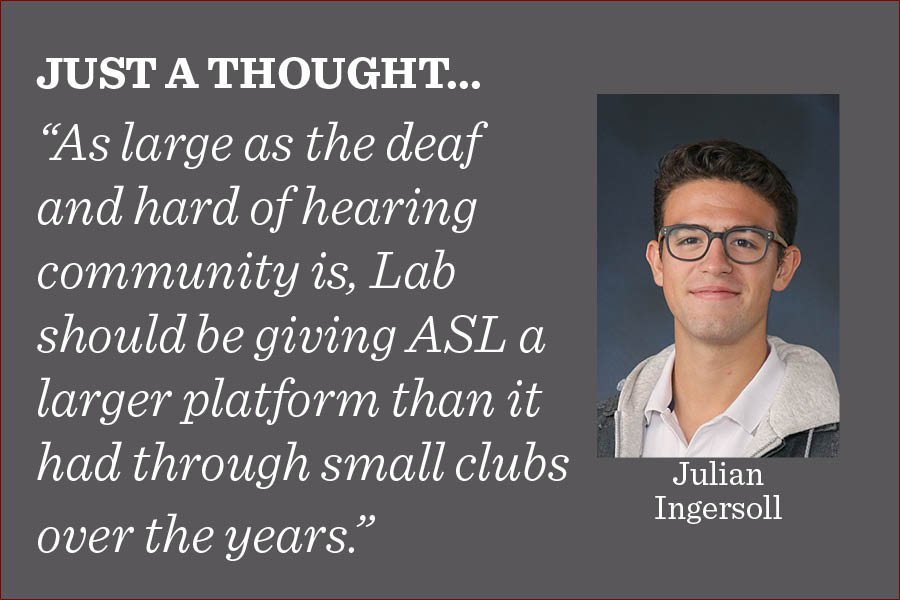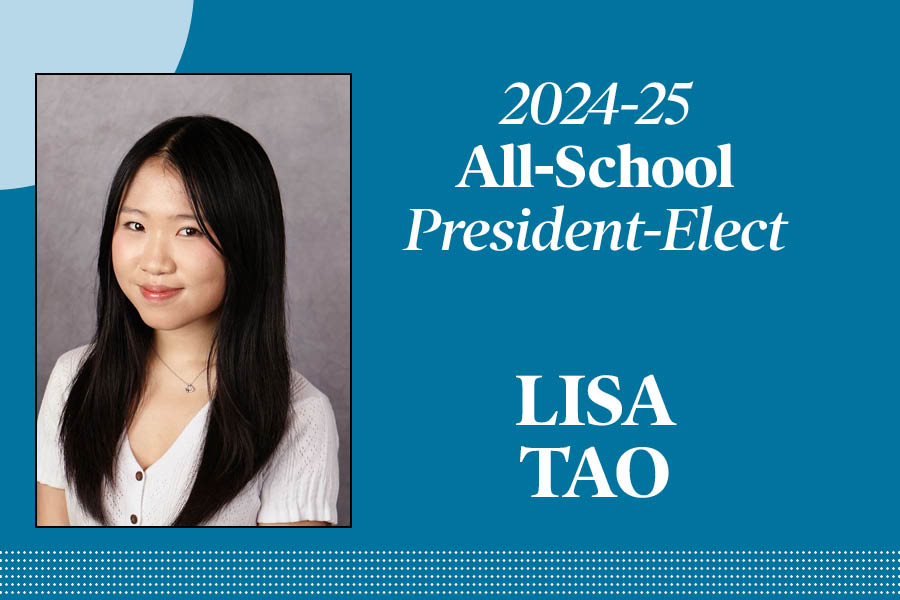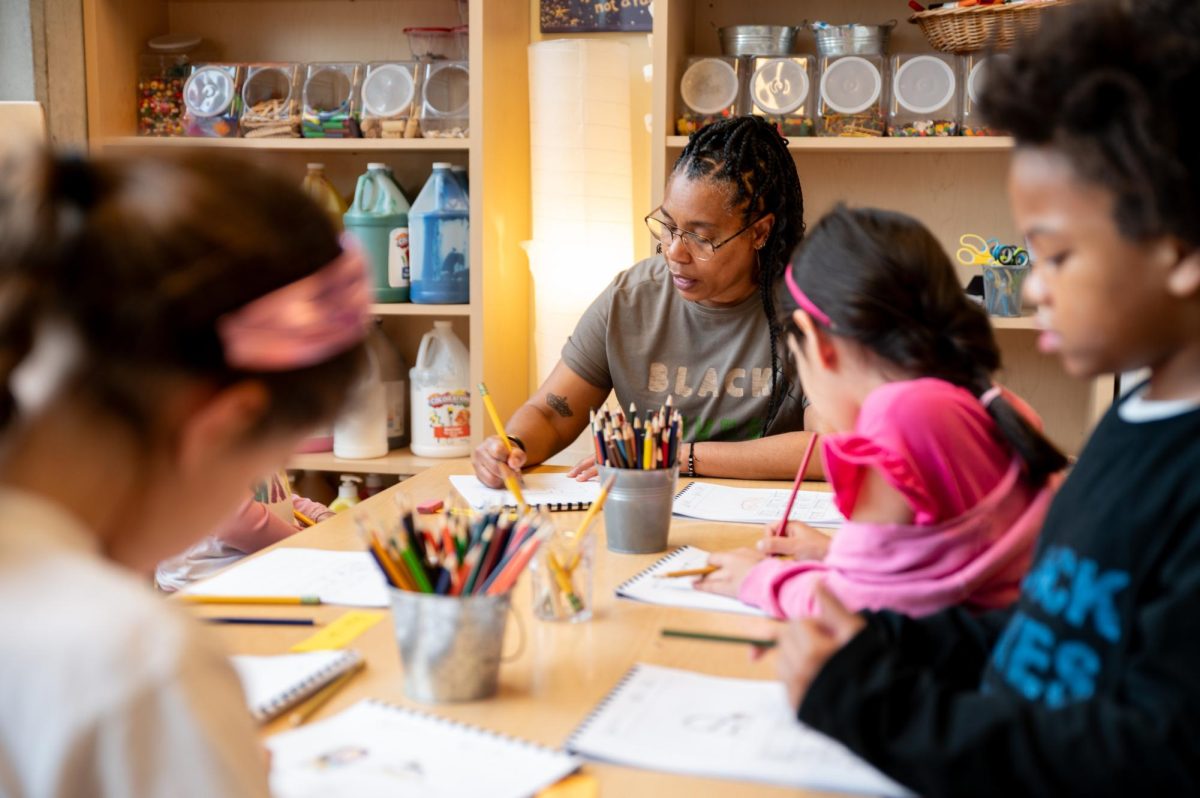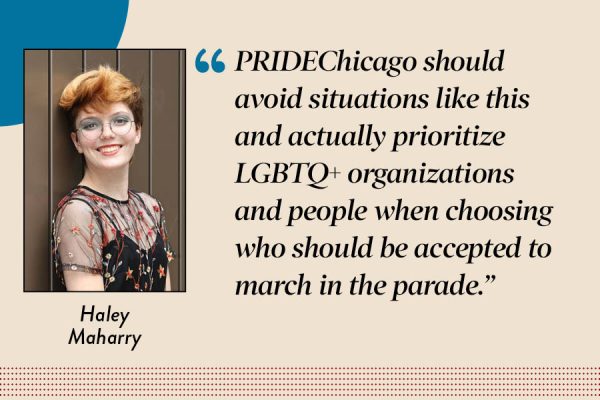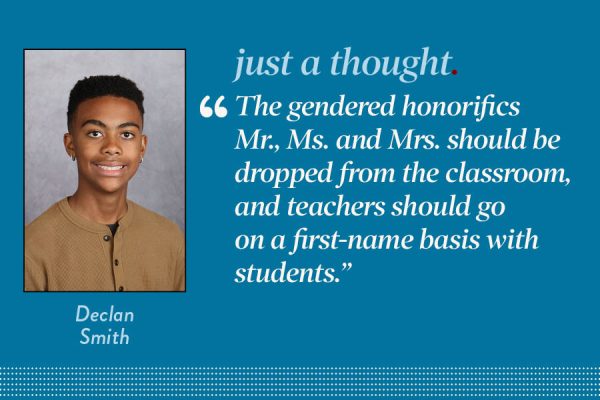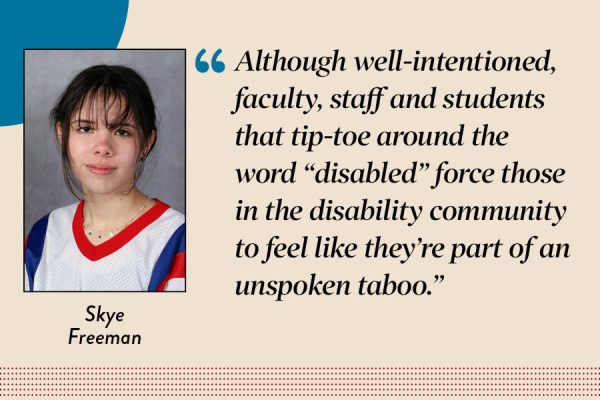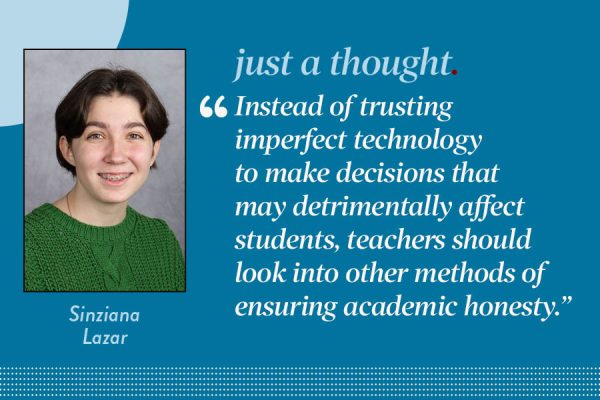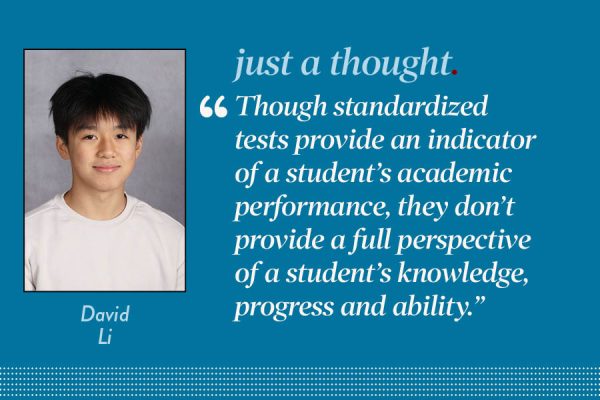American Sign Language should be a part of the Laboratory Schools curriculum
Midway staff
American Sign Language should be initiated as a language course in the Laboratory Schools curriculum at an early age, writes arts co-editor Julian Ingersoll.
March 11, 2021
At the Inauguration on Jan. 20, firefighter Andrea Hall recited the Pledge of Allegiance in American Sign Language while speaking into a microphone for 10 million deaf, hard of hearing and able-bodied American people to experience before Joe Biden was sworn in as president.
American Sign Language should be initiated as a language course in the Laboratory Schools curriculum at an early age to expose young students to a wide range of communication people rely on.
Since its establishment in 1887, ASL has helped deaf people around America to communicate in their daily lives, and the Laboratory Schools should validate them by making it easier for them to communicate within the community.
When ASL became an autonomous language in 1960, schools made an effort to introduce this language to younger students, so they could communicate with deaf people around America. Why should the Laboratory Schools be any different?
Like any other language, ASL takes practice and dedication to master, so implementing the language for K-12 students to develop would be beneficial to engage with an entirely new group of people who communicate differently than them.
As large as the deaf and hard of hearing community is, Lab should be giving ASL a larger platform than it had through small clubs over the years.
It is Lab’s responsibility to equip students with a large array of communication skills, so we can engage with more people and possibly build empathy and connections with those in this community.



